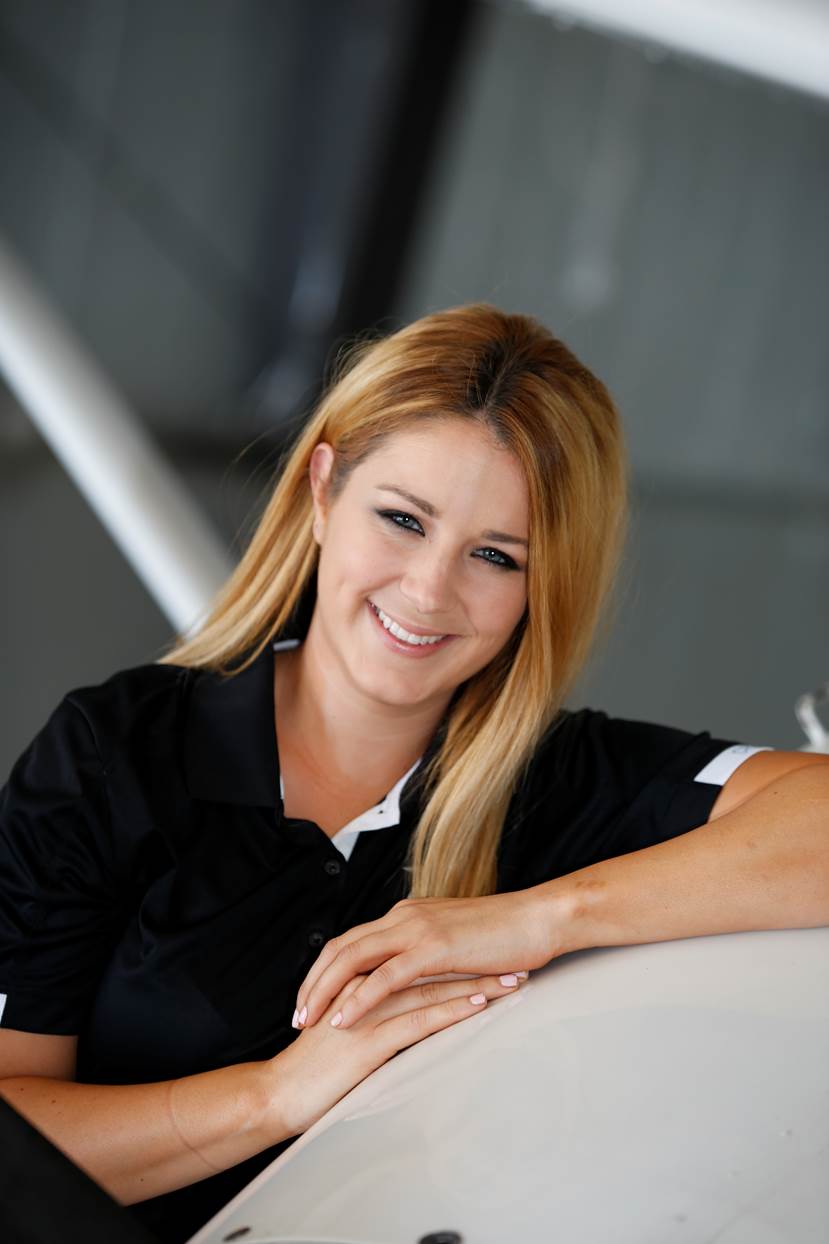AOPA high school aviation curriculum ready
More than 70 schools implement program
With the aviation industry facing a nationwide shortage of pilots, mechanics and skilled aviation professionals, there has never been a better time to introduce students to opportunities in science, technology, engineering, and math (STEM). AOPA and its You Can Fly program built a high school curriculum to rally aviation's next generation.
The aviation-based STEM curriculum will be deployed during the 2018-2019 school year.
AOPA is developing these courses as part of three career and technical education pathways: pilot, unmanned aircraft systems (drones), and aerospace engineering.
Each year, AOPA will release new material until all four high school grade levels of the curriculum are complete. In addition to the 72 schools (and counting) that will implement the ninth-grade curriculum in the fall, 25 schools will also test the tenth-grade curriculum. The curriculum is provided to schools at no cost. Donors to the AOPA Foundation fund development and distribution of the curriculum, as well as other initiatives of the You Can Fly program.
According to a 2017 Boeing study, there is growing demand for aviation industry jobs, and that trend is not expected to slown. An estimated 637,000 new commercial aircraft pilots; 648,000 technicians; and 839,000 cabin crew members will be needed globally over the next 20 years.
“With an unprecedented demand for careers in aviation, we are thrilled that so many high schools are utilizing our STEM curriculum to inspire students and give them the skills to pursue future careers in aerospace,” said AOPA President and CEO Mark Baker. “Planting the seeds for the future workforce of our industry is part of AOPA’s mission to keep aviation vibrant. We are grateful to the AOPA Foundation donors who make such programs possible. Their generosity is helping us make a difference in the lives of thousands of youth and to spur interest in aviation.”
Over the past year, AOPA tested the ninth-grade curriculum in nearly 30 schools with more than 700 students, before unveiling the program. The courses are aligned with Next Generation Science Standards and Common Core State Standards for Mathematics and include all the resources teachers will need. Lesson plans, presentations, assessments, and other materials are provided for this program, designed to be rigorous, engaging, and fun.
Before implementing the curriculum, teachers are required to participate in a three-day professional development workshop at AOPA headquarters in Frederick, Maryland, to gain a deeper understanding of the materials, learn about available resources, and network with other aviation educators.
The AOPA aviation STEM curriculum is part of its You Can Fly High School Initiative, which is aimed at growing and implementing aviation STEM programs in high schools across the country. The You Can Fly program, a collection of practical, rigorous, and engaging initiatives, is designed to help build a bigger, stronger, more vibrant, and more resilient pilot community. The mission of You Can Fly is to get people flying, and keep them flying.
To learn more about AOPA’s high school aviation STEM curriculum, contact the High School Aviation Initiative team at [email protected]. You can also visit AOPA’s You Can Fly page.




